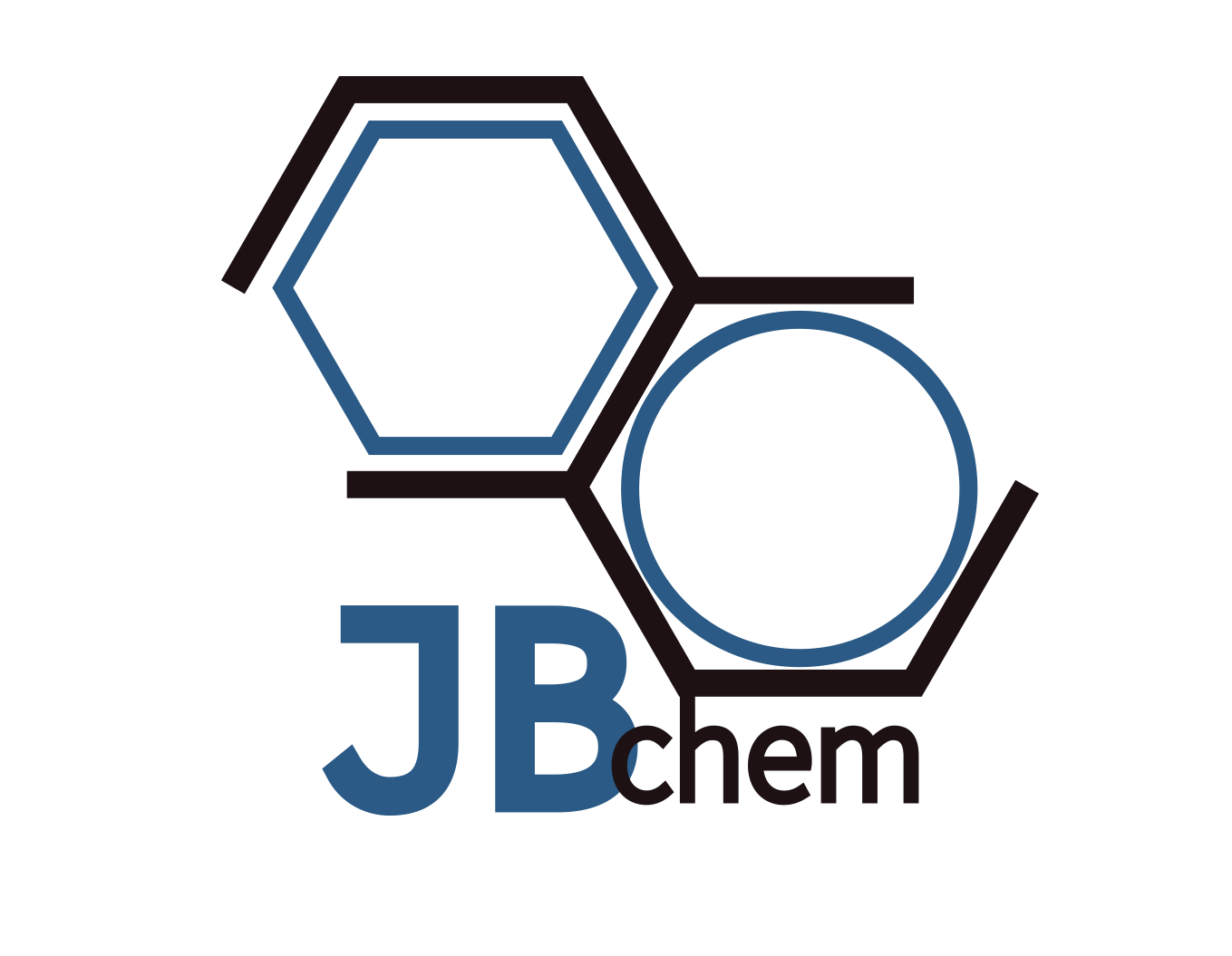Product Properties
Product: Thulium Oxide
Formula: Tm2O3
Purity:99.999%(5N), 99.99%(4N),99.9%(3N) (Tm2O3/REO)
CAS No.: 12036-44-1
Molecular Weight: 385.88
Density: 8.6 g/cm3
Melting point: 2341°C
Appearance: White powder
Specification of Thulium Oxide
| CHEMICAL COMPOSITION | Thulium Oxide | |||
| Tm2O3 /TREO (% min.) | 99.9999 | 99.999 | 99.99 | 99.9 |
| TREO (% min.) | 99.9 | 99 | 99 | 99 |
| Loss On Ignition (% max.) | 0.5 | 0.5 | 1 | 1 |
| Rare Earth Impurities | ppm max. | ppm max. | ppm max. | % max. |
| Tb4O7/TREO Dy2O3/TREO Ho2O3/TREO Er2O3/TREO Yb2O3/TREO Lu2O3/TREO Y2O3/TREO | 0.1 0.1 0.1 0.5 0.5 0.5 0.1 | 1 1 1 5 5 1 1 | 10 10 10 25 25 20 10 | 0.005 0.005 0.004 0.05 0.02 0.005 0.005 |
| Non-Rare Earth Impurities | ppm max. | ppm max. | ppm max. | % max. |
| Fe2O3 SiO2 CaO CuO Cl- NiO ZnO PbO | 1 5 5 1 50 1 1 1 | 3 10 10 1 100 2 3 2 | 5 50 100 5 300 5 10 5 | 0.001 0.013 0.01 0.001 0.032 0.051 0.001 0.001 |
Application of Thulium Oxide
Ceramics and Glass: Thulium oxide is added to certain ceramic and glass formulations to modify their physical and optical properties. For instance, it can be used to create special glasses with high refractive indices and unique coloration, beneficial in manufacturing lenses and other optical components. Moreover, thulia can enhance the mechanical strength and thermal resistance of ceramics.
Nuclear Reactors: Due to its ability to absorb neutrons, thulium oxide can find applications in nuclear technology, including use in nuclear reactor control rods. Control rods are critical for managing the fission reaction within a nuclear reactor, and materials that effectively absorb neutrons without degrading under reactor conditions are highly valued.
Phosphors and Luminescent Materials: Thulium oxide is utilized in developing phosphors for color display panels and fluorescent lamps. These phosphors can emit light in the visible to near-infrared spectrum when excited by electrons or ultraviolet light, making them useful in various display and lighting technologies.
Research and Development: The unique properties of thulium oxide make it a subject of interest in scientific research, particularly in materials science and solid-state physics. Researchers explore its potential in new materials with novel electronic, magnetic, and optical properties.

